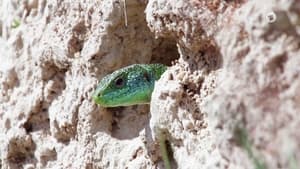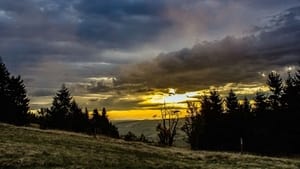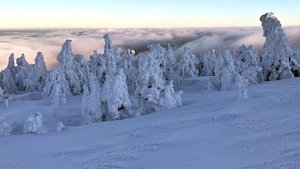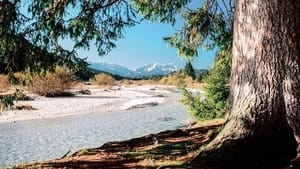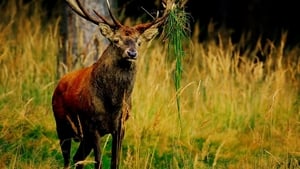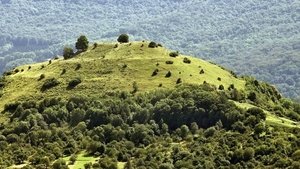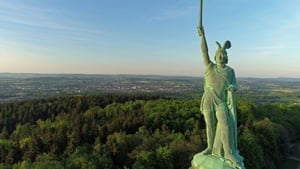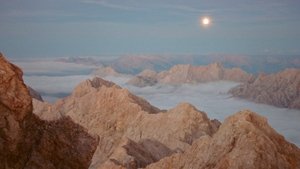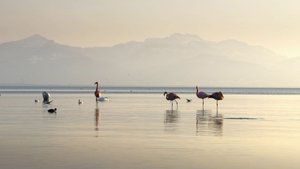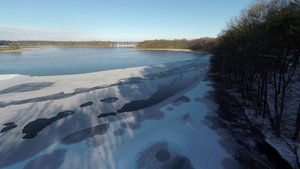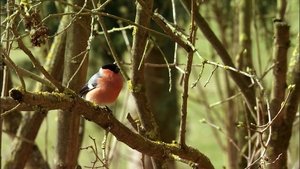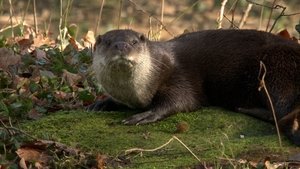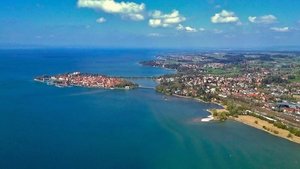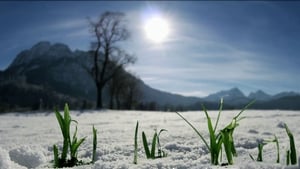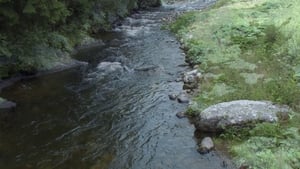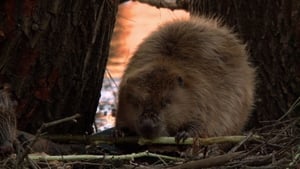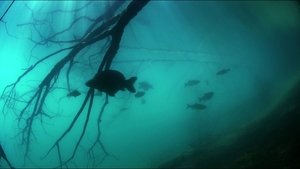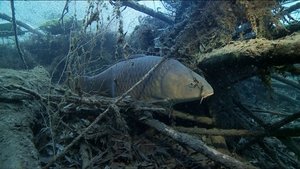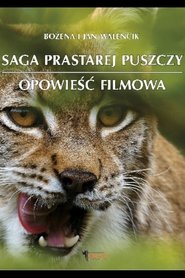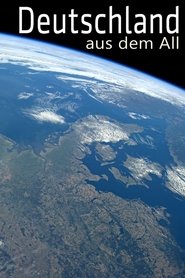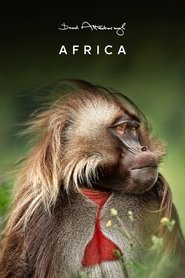

Wild Germany - Season 3 Episode 2 The Lusatia
Season - Episode
-
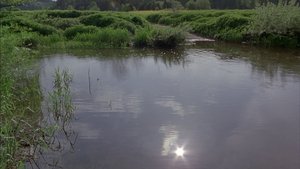 3 - 1The Danube Jan 14, 2013
3 - 1The Danube Jan 14, 2013 -
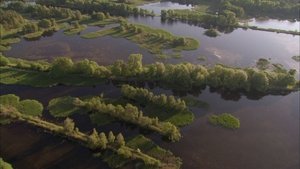 3 - 2The Lusatia Jun 17, 2013
3 - 2The Lusatia Jun 17, 2013 -
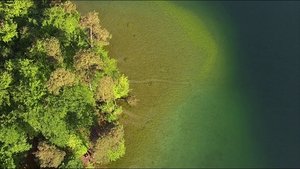 3 - 3The Stechlin - In the kingdom of clear lakes Jun 18, 2013
3 - 3The Stechlin - In the kingdom of clear lakes Jun 18, 2013 -
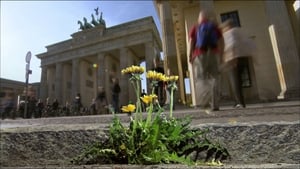 3 - 4Wild Berlin Jun 20, 2013
3 - 4Wild Berlin Jun 20, 2013
-
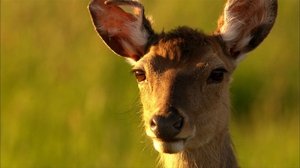 2 - 1The Thuringian Forest - Germany's green heart May 21, 2012
2 - 1The Thuringian Forest - Germany's green heart May 21, 2012 -
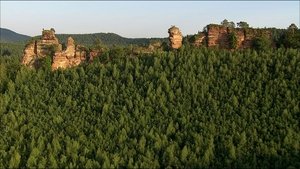 2 - 2The Palatinate Forest May 22, 2012
2 - 2The Palatinate Forest May 22, 2012 -
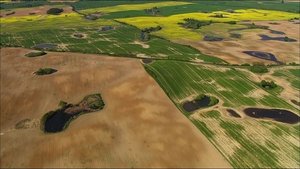 2 - 3Wild Uckermark May 23, 2012
2 - 3Wild Uckermark May 23, 2012 -
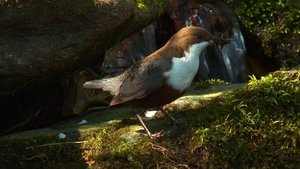 2 - 4The Main - Germany's center May 24, 2012
2 - 4The Main - Germany's center May 24, 2012 -
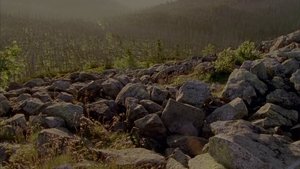 2 - 5The Bavarian Forest May 25, 2012
2 - 5The Bavarian Forest May 25, 2012
-
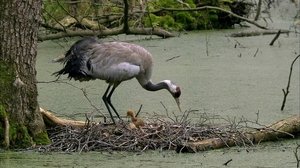 1 - 1The Spree Forest Apr 18, 2011
1 - 1The Spree Forest Apr 18, 2011 -
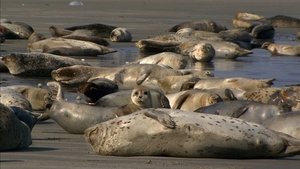 1 - 2North Friesland Apr 19, 2011
1 - 2North Friesland Apr 19, 2011 -
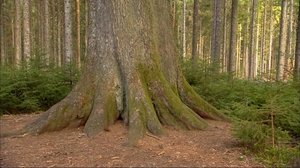 1 - 3The Black Forest Apr 20, 2011
1 - 3The Black Forest Apr 20, 2011 -
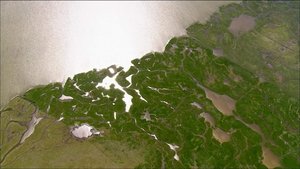 1 - 4Western Pomerania coast Apr 21, 2011
1 - 4Western Pomerania coast Apr 21, 2011 -
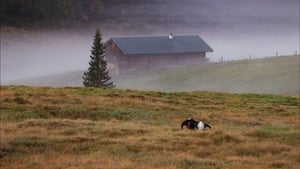 1 - 5The Berchtesgaden Alps Apr 22, 2011
1 - 5The Berchtesgaden Alps Apr 22, 2011 -
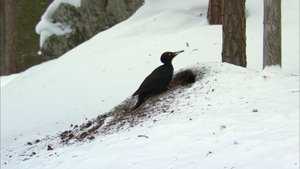 1 - 6Saxon Switzerland Sep 26, 2011
1 - 6Saxon Switzerland Sep 26, 2011
-
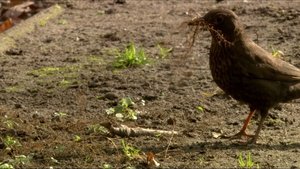 0 - 1Wild Berlin - on quiet paws through the urban jungle Jan 01, 2014
0 - 1Wild Berlin - on quiet paws through the urban jungle Jan 01, 2014 -
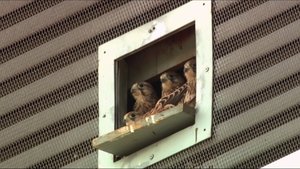 0 - 2
0 - 2 -
 0 - 3Episode 3 Apr 09, 2016
0 - 3Episode 3 Apr 09, 2016 -
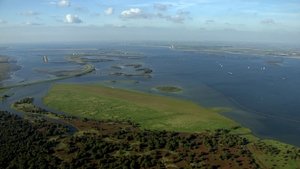 0 - 4Episode 4 Jul 01, 2013
0 - 4Episode 4 Jul 01, 2013 -
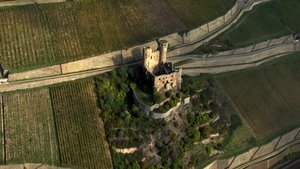 0 - 5Episode 5 Jul 01, 2013
0 - 5Episode 5 Jul 01, 2013
Overview
When spring comes, strange sounds fill the peaceful water world of Teichlausitz in the extreme south-east of Germany. What sounds like someone blowing into a bottle is the courtship call of the bittern, which can be heard from miles away. However, the extremely rare bird can hardly be spotted: if it feels observed, it stretches its head and beak straight up and moves gently in the wind like the reeds. In addition, the brown and black plumage makes the bittern almost invisible. Otters and elks also feel at home in the border region between Brandenburg and Saxony. And not far away, the overburden heaps and mining lakes of decades of open-cast lignite mining offer numerous wild animals valuable retreats. Recultivation areas and former military training areas are now home to animals that have all but disappeared in this country. Iridescent bee-eaters and hoopoes breed on the heath because they find plenty of insects there.

